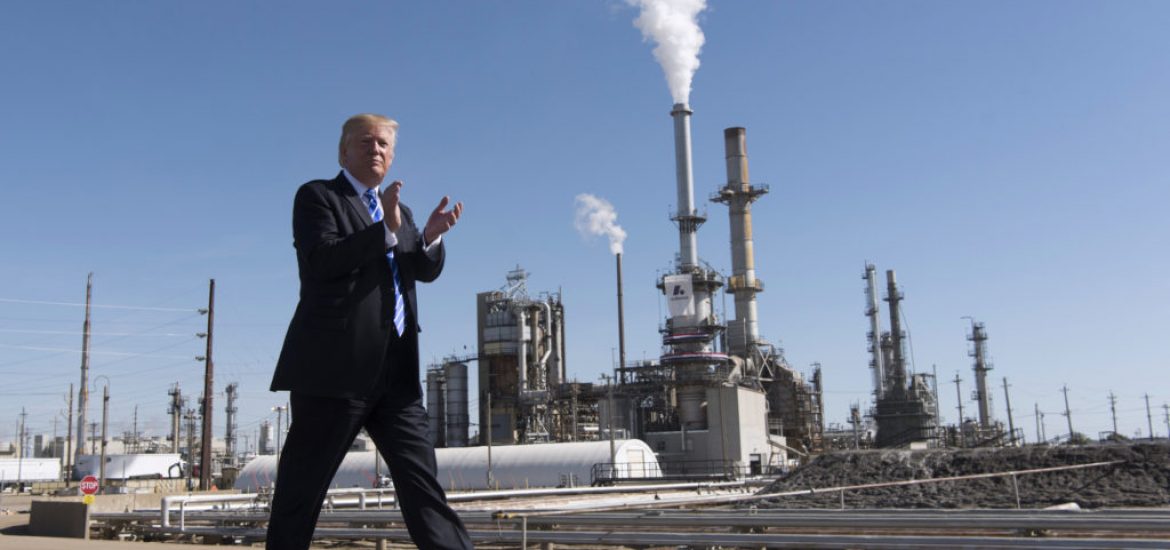
An oversupply of oil will continue to subdue prices into next year but producer cuts will eventually boost crude prices as the year progresses, according to forecasts.
Argus Media, an energy consultancy, said supply and demand should rebalance by the second quarter of 2019.
The accuracy of the prediction, however, depends on how vibrant the world economy is next year.
Since reaching four-year highs in early October, the price of crude futures has crashed by more than a third.
Brent crude futures, the international benchmark, was trading at US$53.60 per barrel today (Monday), representing an almost 20-per-cent decline during 2018. But supply cuts by Opec (the Organisation of the Petroleum Exporting Countries) are scheduled to take effect in January.
Production will probably also continue to fall in Venezuela, as workers flee the oilfields and a lack of maintenance on wells, pumps and pipelines reduces output.
Saudi Arabia and other major oil producers raised production as global supplies tightened ahead of US sanctions on Iran’s energy sector. But, as the sanctions came into effect on November 4, Washington granted waivers to Iran’s eight largest oil importers, allowing them to continue to import crude oil for six months.
Sanctions on Iran are expected to be tightened when the waivers expire in May, reducing its output further.
But the US has emerged as the world’s largest crude producer, pumping 11.6 million barrels per day of crude oil, more than Saudi Arabia and Russia.
Opec and various non-members, including Russia, agreed this month to curb output by 1.2 million barrels per day, the equivalent of more than 1 per cent of global demand, in a bid to boost prices.
The 15-member cartel said it would reduce its output by 800,000 barrels a day, while Russia and other non-members will contribute a 400,000-barrel daily reduction.
Should the cuts fail to balance the market, the oil producers would hold an extraordinary meeting, the United Arab Emirate’s energy minister Suhail al-Mazrouei said yesterday.
“Oil ministers are already taking to the airwaves with a ‘price stability at all cost’ mantra,” said Stephen Innes, a trading analyst at Oanda in Singapore.
The UAE had “left all options on the table by suggesting that Opec can hold an extraordinary meeting to discuss finding the right balance”, he said.
Mazrouei said an Opec+ monitoring committee was expected to meet in Azerbaijan’s capital, Baku, in late February or early March.
US output has been growing rapidly under Donald Trump. Picture credit: White House





